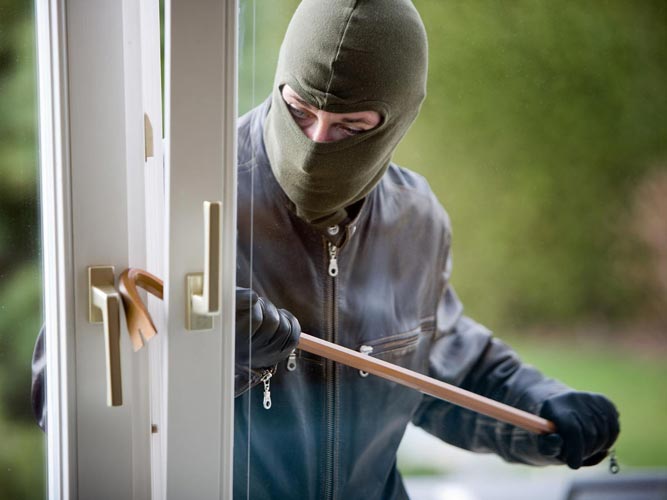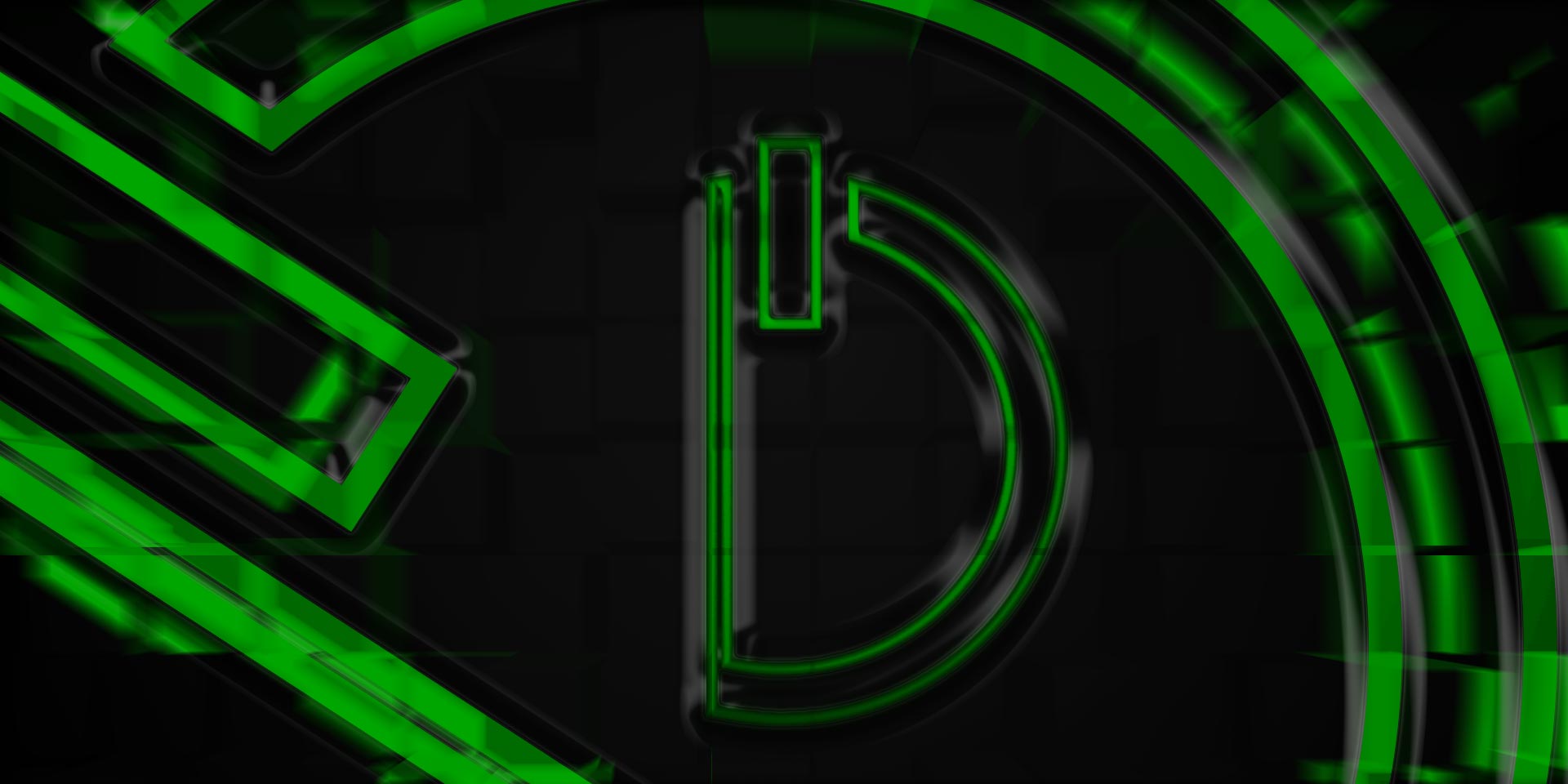
Intruder detection systems, most commonly referred to as ‘burglar alarms’, are used in homes and businesses to deter and detect intruders. DIFFERENT designs, installs, and maintains a range of intelligent systems for all sizes and types of properties. We are also able to take over existing systems in order to upgrade them to current specifications or maintain them as is.
Through years of experience, we have mastered the art of designing systems which detects with precision and causes minimal false alarms, ensuring our clients’ peace of mind. Our systems comprise the latest detection and alarm technology.
We offer indoor / outdoor, wired and wireless solutions and below is a range of detection devices we use...
INDOOR OUTDOOR PASSIVE INFRARED MOTION DETECTORS
Also known as PIR sensors, these are the most common type of sensors used because they are practical and affordable. The term passive means that these detectors operate without any need to radiate and generate their own energy. PIR sensors can efficiently detect changes in the ambient temperature as well as body heat. If these sensors detect a temperature spike due to the presence of an intruder or foreign object, the alarm is set off. A thing to note is that infrared energy cannot pass through glass, so the alarm won’t trigger due to the presence of people or animals outside.
ULTRASONIC DETECTORS
Ultrasonic detectors use high-frequency sound waves to detect any kind of movement within a limited space. They transmit frequencies between 25 kHz and 75 kHz, which are inaudible to human ears. These frequencies are bounced off the walls, ceiling, as well as furniture in a protected room. And when there is any sudden change in the stabilized frequency, the alarm is triggered. Any moving object can change the frequency of the surrounding sound waves in the protected space, so these sensors will not discriminate between intruders and passersby.
MAGNETIC SWITCHES
Magnetic switches are typically used for protecting doors and windows. Their ease of use, durability, and affordability makes them a popular choice. They consist of two separate parts i.e. the switch and the magnet. The switch creates an electrical circuit with the magnet when closed because it contains a spring. If a window or door is opened the circuit breaks and the alarm is triggered.
PHOTOELECTRIC "LAZER" BEAMS
Photoelectric beams utilize infrared light beams in order to detect the presence of an intruder. These infrared light beams are usually stacked in rows of two or more. The alarm system goes off if anyone obstructs a beam.
MICROWAVE DETECTORS
A microwave motion detector uses microwave technology to analyse its environment. This is achieved by sending out microwave signals, and the length of time it takes for the signal to return to the motion detector is measured. This is known as ‘echo time’. Echo time is the calculation of distances from any stationary object within the detection zone and establishes a baseline for the motion detector to work from. A motion detector will use a baseline room analysis to detect is current distance from stationary objects within it’s detection range, after which it will return back to a ‘normal’ state. When a person enters the detection zone, this will interrupt the microwave signal and therefore will alter the echo time received by the motion detector. This will be perceived by the motion detector as a change in distance from a stationary object and will therefore cause the motion detector to trigger the alarm.
GLASS BREAK DETECTORS
When a glass breaks, different bands of frequencies are generated including ultrasonic waves that are audible to humans as well as infrasonic that humans cannot hear. These sensors are installed next to glass panes, and the alarm sets off instantly when the glass breaks.


